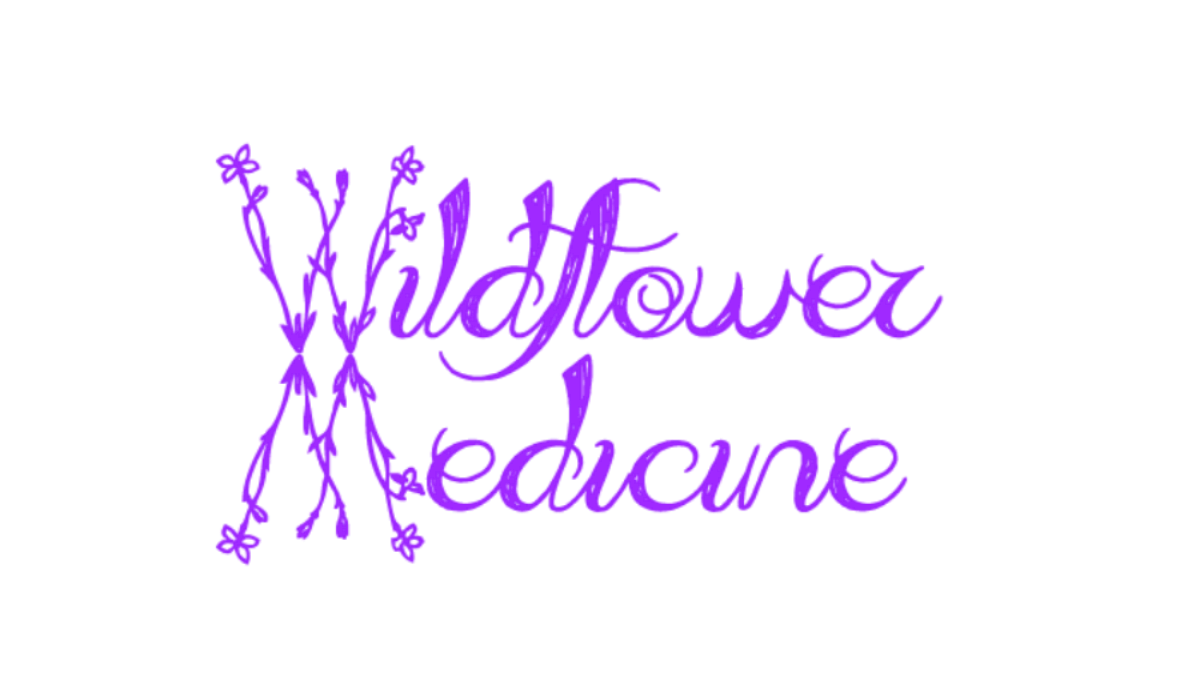Contrary to those Gatorade commercials of our childhood, electrolytes are NOT just for athletes! They are for everyone— especially pregnant and breastfeeding mamas! Read on to learn what the heck an electrolyte is anyway, why you need more of them during pregnancy, and all my favorite ways to get them from REAL food and drinks (plus my top picks for supplementation).
What’s an electrolyte anyways?
Electrolytes are essential minerals that dissolve in fluids and carry an electric charge. They help regulate various bodily functions like your beating heart, nerve function, maintaining your body’s fluid balance, and adrenal health. Electrolytes are necessary for everyone to consume— not just athletes! The primary electrolytes include sodium, potassium, calcium, magnesium, chloride, phosphate, and bicarbonate.
Why you need more electrolytes during pregnancy
Our bodies require a delicate balance between water and electrolytes. When we increase our water intake (think after massive physical exertion) we need to consume more electrolytes with it.
During pregnancy, our fluid demands increase like crazy! We experience a substantial increase in blood volume (which begins even in the first trimester!), as well as the formation of amniotic fluid. To put it simply, this increase in fluid demand means we need more electrolytes too. Plus down the line as we think about preparing our bodies for labor, remember that electrolytes play a role in muscle contractions! And these essential minerals benefit our developing babies too.
Electrolytes also help prevent or lessen common pregnancy discomforts such as muscle cramps, fatigue, and nausea. That’s a pretty big deal!!! Bye bye charlie horses in the night! Even more importantly, they can mitigate your risk for pregnancy complications such as preeclampsia. As the body works harder to nurture both mom and baby, maintaining adequate electrolyte levels becomes paramount for a healthy pregnancy.
How to get electrolytes
Thankfully you don’t need to drink any neon gatorade garbage to get your much needed electrolytes in.
We can get them mostly from eating a quality real food diet, especially if you opt for regeneratively grown/raised foods. Quality does matter here because things like soil depletion due to crappy farming practices plays a big role in the reduction of mineral concentration levels. This is especially true when it comes to magnesium— close to half of all Americans are deficient in magnesium, and deficiency is even more common during pregnancy! Choosing organic and locally sourced produce may offer higher nutrient density and increased mineral content, so go to your local farmers market when you can. Do your best to enjoy a diet that revolves around real, whole foods. Here are some more specifics if you’re looking for inspiration!
Sodium: Salt (more in a minute), and foods like celery, spinach, and beets.
Potassium: Bananas, sweet potatoes, avocados, and leafy greens like kale and Swiss chard.
Calcium: Dairy products (if tolerated), almonds, broccoli, canned sardines or salmon with bones in (you can eat this type of bones), and chia seeds.
Magnesium: Dark leafy greens, bone broth, nuts + seeds (esp Brazil nuts, pumpkin seeds, sunflower seeds almonds, cashews, chia seeds), dark chocolate, and culinary herbs.
Chloride: Sea salt, olives, and seaweed.
Phosphate: Dairy products, meat, fish, and eggs.
Perhaps the simplest electrolyte out there is salt (sodium + chloride)! The only catch here is I’m talking about cooking your own food and adding your own salt to it. When you eat in this way, you can follow your tastebuds and your body’s cues revolving around salt. Consuming highly processed foods (that generally contain a ton of low quality salt and few other minerals) throws things out of balance. My favorite options are unrefined sea salt or pink himalayan salt, as these include other trace minerals as well. Personally, I use Redmond’s Real Salt, which is harvested in Utah.
You can also enjoy coconut water as a wonderful natural treat that’s FULL of electrolytes! Look for an option without any added sugar— it doesn’t need it! My favorite brand is Harmless Harvest— it’s sooo delicious. I also buy the organic coconut water at Costco as a more cost effective solution.
If you’re in the mood for something more savory, reach for bone broth! Bone broth is full of electrolytes as well many other nutrients that are crucial for a healthy pregnancy (perhaps the most notable being glycine— drink up to support your connective tissue and stretching skin!). For postpartum healing, bone broth is the #1 perfect beverage.
If you’d like to be proactive (or simply get down to business with your electrolyte game!), you can also try out an electrolyte supplement, such as LMNT. These are specially formulated and designed to support optimal hydration and mineral balance. These are a great option for mamas that are super active, living somewhere hot, traveling a lot, or simply looking for the convenience of a supplement. Again, ideally we are choosing an option without any added sugar. That’s the main reason why I recommend LMNT— no sugar or artificial anything. Use this link for your first LMNT order and they’ll send you a 12 sample variety pack completely free!
Breastfeeding mamas
Psst— planning on breastfeeding? Or maybe you already are! Definitely consider having a few electrolyte packets on hand (in addition to gallons of bone broth!), especially during those early weeks postpartum when your body is making tons of milk and you are already in a state of recovery from pregnancy and birth. Your body needs extra hydration to make that glorious milk and baby actually gets electrolytes that are excreted through breast milk as well! Safe to say electrolytes are here to stay.
Do you have a favorite electrolyte drink or food source of electrolytes not mentioned above? Share in a comment below! I’d love to hear your favorite ways of staying hydrated.

